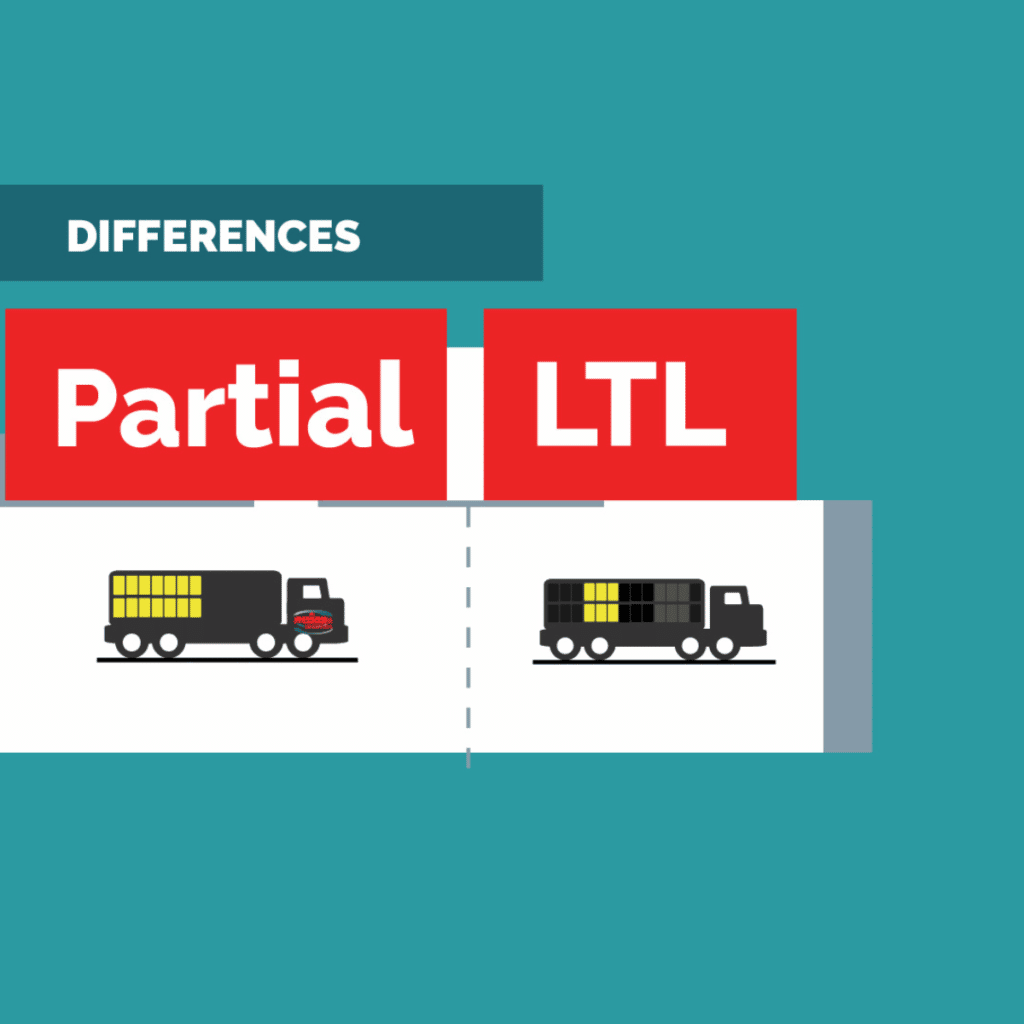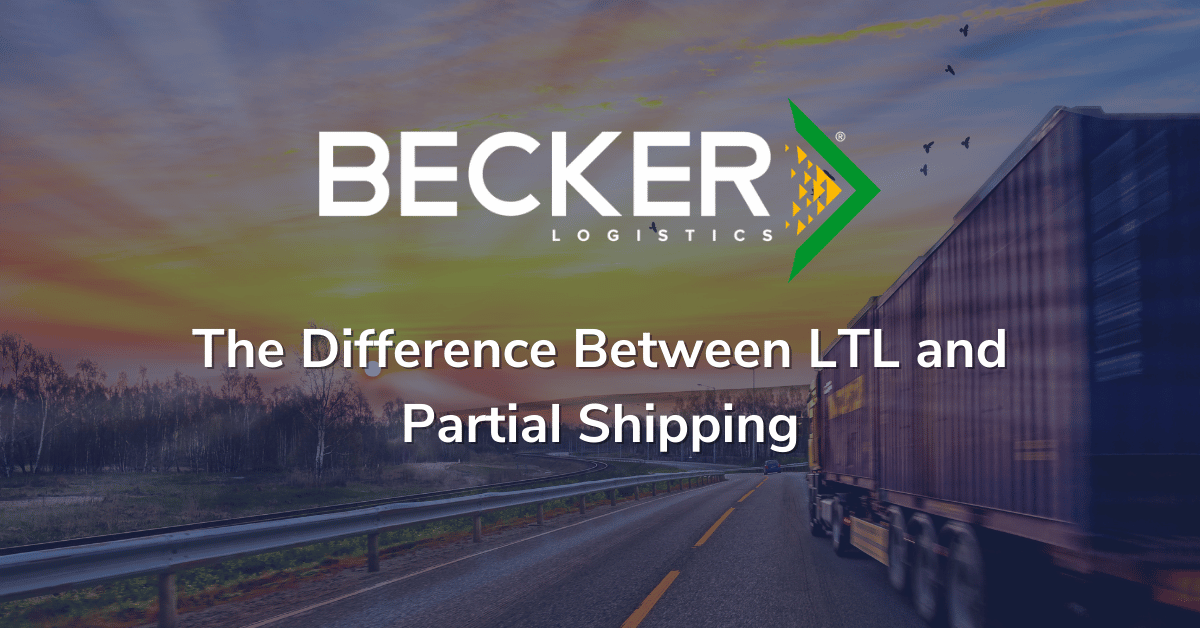Having the choice of a mode of transportation can make a great impact on your company’s performance. You’re in the business of selling products that need to be transported with almost no issues in the process. One mode of transportation can be more beneficial to you than the other or you have the power to choose either or. Less than truckload (LTL) and partial (PTL) shipping are two options of many options to choose from. And both are equally capable to get your goods from one place to another. Although LTL and partial shipping both are popular choices for medium to small companies, they can provide solid potential. They both also have certain differences in their trailer use for you to consider before booking a load.
What is LTL Shipping?
Less than truckload shipping allows a company to rent out and use a trailer for only the space they need. The remaining space can be sectioned off for other companies to transport their products. It is a shared system. An LTL shipment has limited number of pallets that do not exceed 4,000 pounds. LTL shipping plans out its transport to deliver goods in an efficient manner. This mode considers the different stops, upload and unloading each company’s products to save time and money.
What is Partial Shipping?
On the other hand, there is partial shipping which is often considered a hybrid of the FTL and LTL shipping modes. PTL would be an option if there were 5-14 pallets in play. It’s safe to say that this is not a very common type of mode of transportation because of the requirements involved. The one thing that makes it an attractive option is that the shipment is carried and delivered by the same truck that picked the shipment up.

Key Differences Between LTL and PTL
Keep in mind that there are not a whole lot of differences between PTL and LTL shipping. As mentioned, one difference is that the freight on a partial truckload will stay on the same truck from where it is picked up until it is delivered. This feature could mean that PTL is a faster mode of transportation. LTL shipping’s freight can move from truck to truck which means the freight is susceptible to damages and could add time to the delivery.
Another key difference is the way in which the rates are determined for PTL shipping versus LTL shipping. Partial shipping rates depends on the type of freight, the distance, the type of delivery, the need of accessories or not and the weight. Less than truckload shipping signifies lightweight pallets, but the rate is dependent on the dimensional weight.
If you are currently looking for a LTL or PTL shipping partner, then Becker Logistics may be the right fit. We have been in the industry for over 26 years and have built relations with over 70,000 carriers. You can view our contact information by clicking here. Get started today by requesting a quote, you won’t regret you did!
